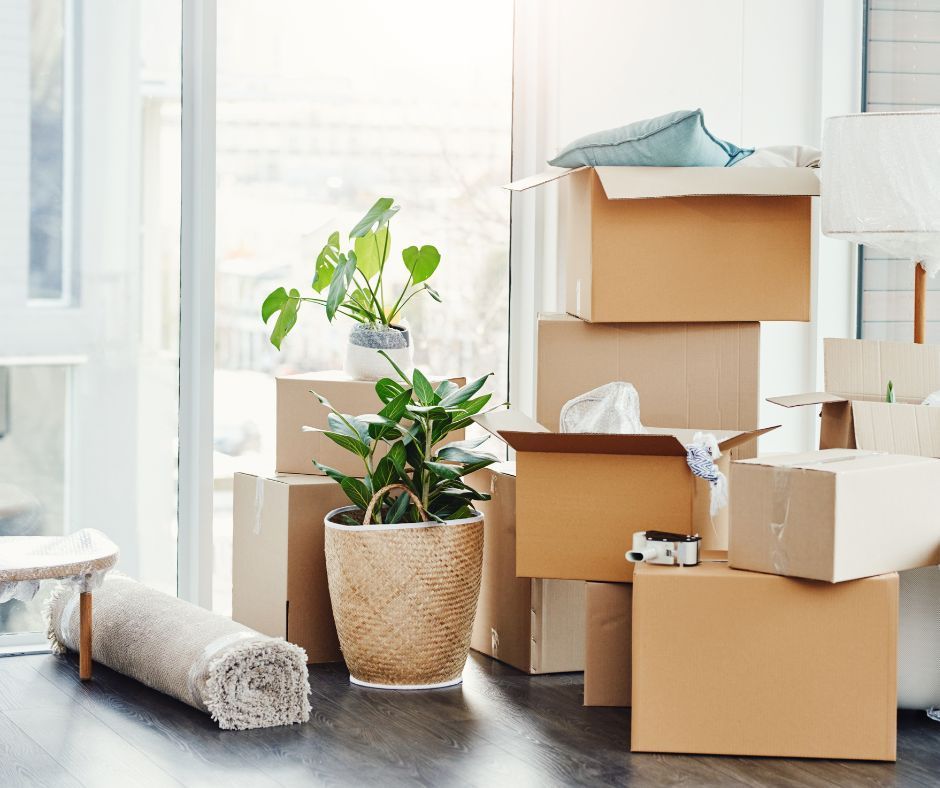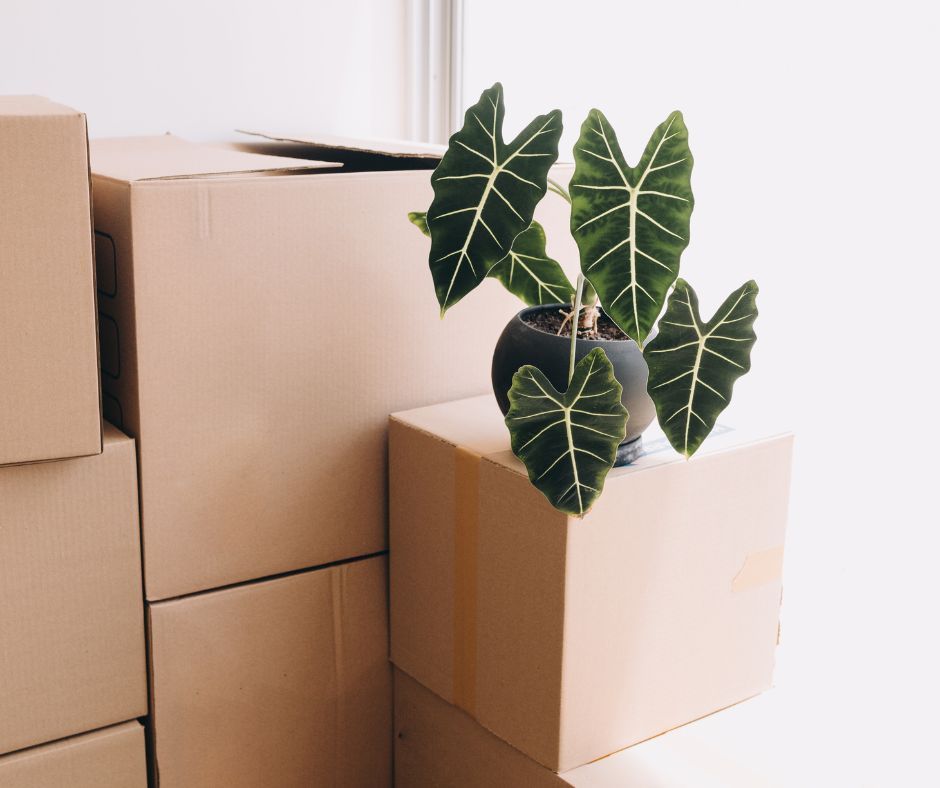Karsten Desario
-Founder
Karsten Desario is the founder of Kinetic Movers in York, Pennsylvania. You can often find him helping his crews accomplish the best moving services around the state of Pennsylvania and beyond.
Moving house can be a stressful experience, and if you're a plant parent, moving your beloved houseplants can add an extra layer of complexity. But don't worry! With the proper preparation and care, you can successfully move your plants and help them thrive in their new home. This comprehensive guide will walk you through packing and moving your plants, providing detailed, step-by-step instructions and handy moving tips.
Houseplants are more than just decoration. They're often cherished parts of our homes, providing comfort and continuity. They offer numerous health benefits, from improving air quality to boosting mood and productivity. So, it's no surprise that many of us want to bring our leafy friends along when we move.
Before you start packing your plants for moving, you must understand any applicable regulations or restrictions. Different states and countries have different rules about moving plants, especially across borders, to prevent the spread of pests and diseases. Check with your local agricultural department for information about your situation.
If you're using a moving company, make sure to ask about their policies regarding plants. Many companies do not allow plants to move trucks for safety and regulatory reasons.

Proper preparation is vital to ensuring your plants survive the move. Here are some steps to take:
1. Check for Pests and Diseases: Inspect your plants for signs of pests or diseases. Treat any issues before the move to prevent them from spreading to your other plants or your new home.
2. Prune Your Plants: Pruning can help reduce the size of larger plants, making them easier to move. Removing dead or dying leaves and branches also helps keep your plants healthy.
3. Water Your Plants: Water your plants a few days before the move. The soil should be moist but not overly wet on moving day.
4. Repot in Plastic Pots: Consider repotting heavy ceramic or clay pot plants into lighter, shatter-proof plastic pots. This makes them easier and safer to transport.

When packing your plants, careful handling and proper materials are crucial. Here's how to do it:
1. Wrap Your Plants: For larger plants, wrap the top of the plant with newspaper or plastic to prevent branches from breaking. Ensure the wrapping isn't too tight and there's room for the plant to breathe.
2. Choose the Right Boxes: Place your plants in boxes for transport. Choose boxes that are sturdy enough to hold the weight of the plant and pot. Use boxes with handles for easier carrying.
3. Secure Your Plants: To prevent your plants from tipping over during the move, fill any space in the box with paper or packing material.
4. Label Your Boxes: Label your boxes with "Live Plants" and "Fragile." This will remind you and anyone handling the boxes to do so carefully.
When moving day arrives, you'll want to give your plants special attention. Transport your plants in your vehicle rather than on a moving truck. This lets you control the temperature and ensure your plants get enough light and air.
If you're moving long-distance and can't transport your plants in your vehicle, consider shipping them. Several parcel services will ship plants, but choose the fastest shipping option to minimize the time your plants spend in transit.
Hiring full service movers to move your plants safely can offer several benefits, especially if you have many plants or delicate species. Here are some advantages of entrusting the task to professionals:
Remember to communicate your plants' specific requirements or concerns with the movers beforehand. By doing so, they can tailor their approach to ensure your beloved greenery's safe and successful relocation.
Once you've arrived at your new home, unpack your plants as soon as possible. Place them in a location with similar light conditions to their previous environment. Remember, plants may need time to adjust to their new surroundings. Keep an eye on them for signs of stress and give them extra care as needed.
If you have outdoor plants that you can't move, consider taking cuttings. You can pack these small pieces of the plant in damp paper towels and plastic bags, then replant them in your new garden.
If you can't move with your plants, consider giving them to a friend, family member, or neighbor. You could donate them to a local school, hospital, or nursing home. While it can be hard to say goodbye, knowing your plants will continue to be cared for is comforting.
Moving house with plants requires careful planning and preparation, but with these tips, you can ensure your leafy friends make it safely to their new home. Remember, the key to a successful move is to start early, research, and handle your plants carefully.
Moving with plants doesn't have to be a daunting task. With the proper preparation and care, you can ensure your plants arrive at your new home safe and sound. Happy moving!

Karsten Desario
-Founder
Karsten Desario is the founder of Kinetic Movers in York, Pennsylvania. You can often find him helping his crews accomplish the best moving services around the state of Pennsylvania and beyond.

Our professional and experienced team at Kinetic Movers & Storage is dedicated to making your move as stress-free as possible.
USDOT# 3841511
MC# 1402856
PA PUC# A-8925417
Copyright © 2025 Kinetic Movers & Storage | Terms and Conditions | Privacy Policy